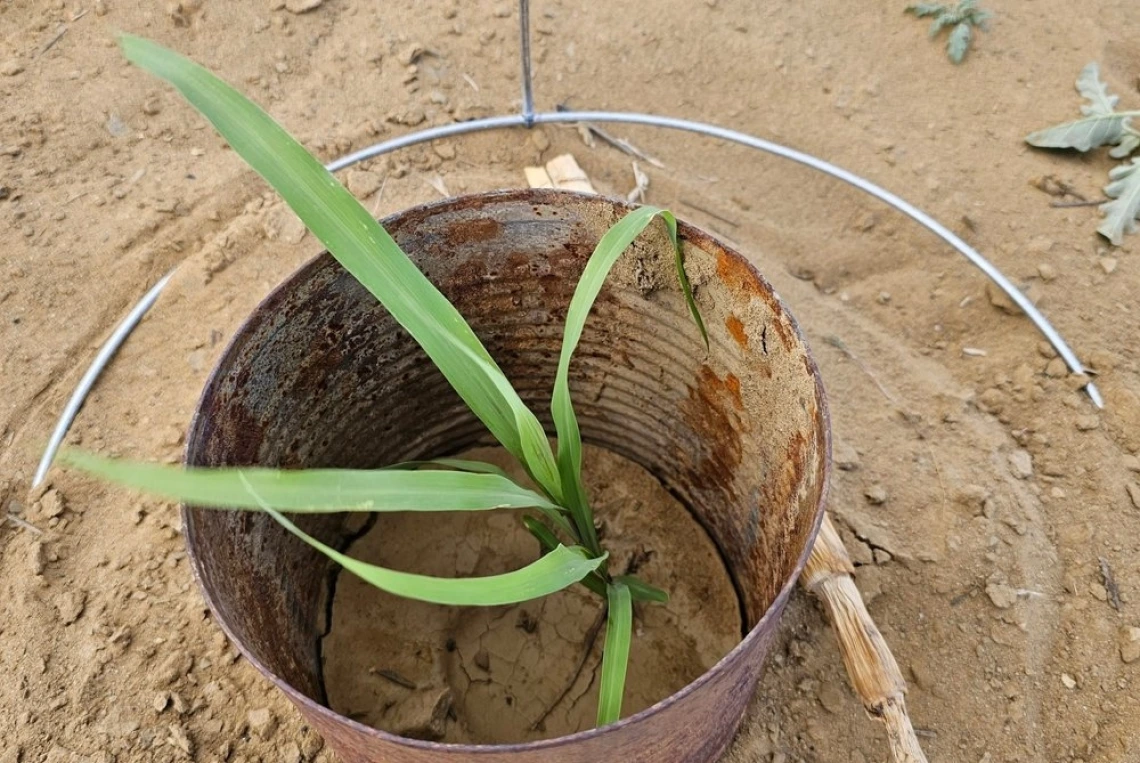What 800-Year-Old Seeds and a Hopi Dryland Farmer Teach Us About Adaptation & Hope

When Hopi farmer Michael Kotutwa Johnson speaks of seeds, he refers to them as “children.” So when a colleague brought him corn seeds that had been preserved for 800 years – hidden in a cave near historical Hopi villages around Glen Canyon – it was like welcoming children home.
Dr. Johnson describes himself as a 250th-generation traditional Hopi dryland farmer. Since he was a boy, he has been growing corn, beans, squash and melons without irrigation on the Little Colorado Plateau in northeastern Arizona where the average annual rainfall is only 6-10 inches. Seeds play an intimate role in Hopi farming and culture.
“Seeds for Hopi people, and other Indigenous societies, are at the heart of who we are,” explains Dr. Johnson, who is an assistant research specialist with the Indigenous Resilience Center within the Arizona Institute for Resilience. “You see, for us, seeds are the very essence of life. Our society depends on corn and seeds. They are not just material objects; seeds are a life force.”
For two years, Dr. Johnson experimented with planting the gifted seeds at different depths and growing conditions to coax the corn to grow in an environment that had changed over 80 decades, a parallel he draws to his own culture.
“The seeds are like us,” Dr. Johnson says, “they need to be able to adapt to an ever-increasingly changing environment. Their continued adaptation in the places they were originally grown is vital to our culture and the health of the communities to ensure our survival and cultural identity.”
Dr. Johnson was eager to see if, after so long, these seeds would produce corn.
Continue reading the original story published by Good Food Finder >>

